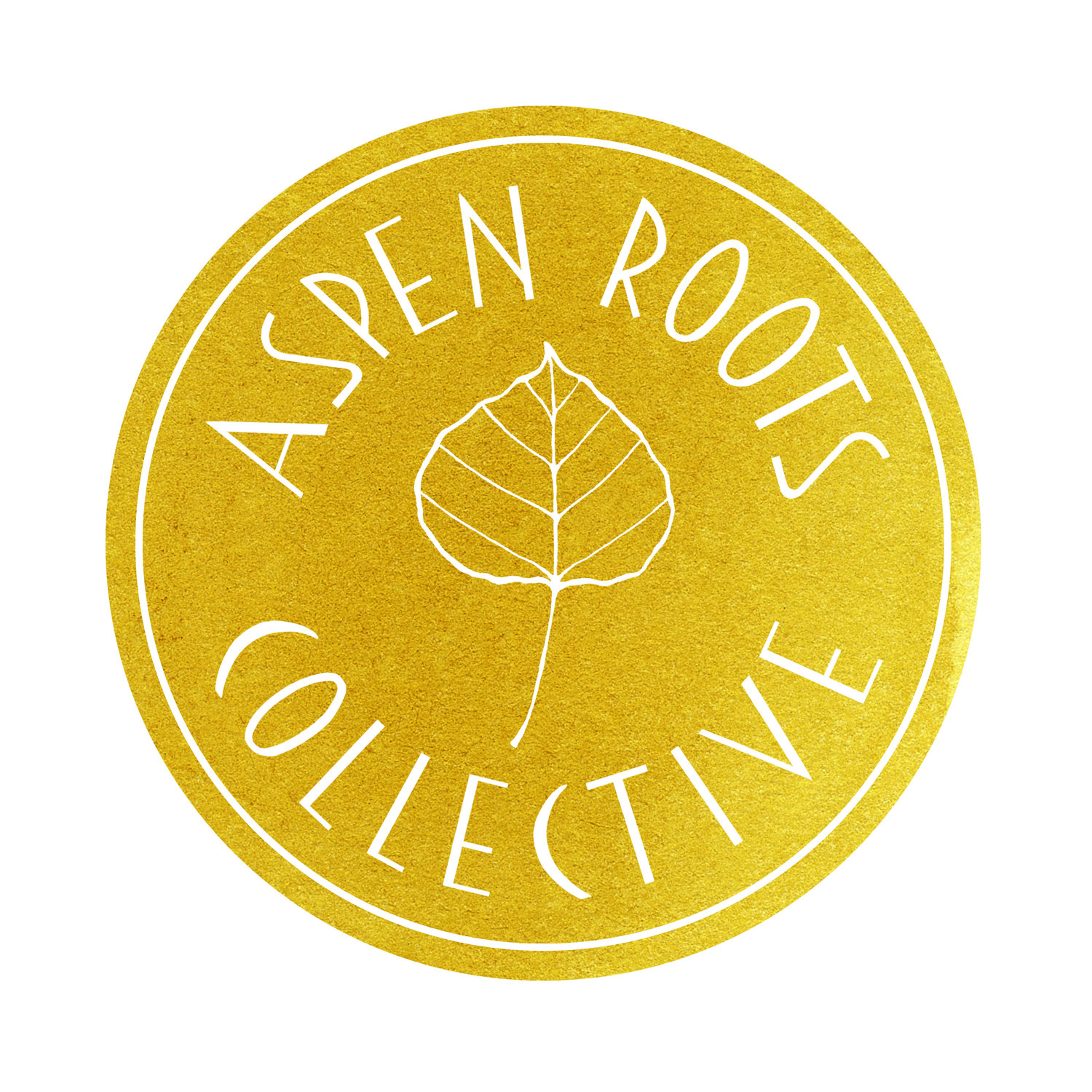When we go back to normal...
/“When we go back to normal.”
Normal?
Go back?
It is no wonder these days are so incredibly hard, even when the vaccination efforts seem to be working and COVID deaths and hospitalizations are dropping, businesses are opening, friends are hugging.
It’s still hard.
Because we don’t get to rewind.
We don’t suddenly heal from the fear, the stress, the uncertainties of an unprecedented global pandemic and the millions of ways we have all be affected.
We are exhausted.
And there is no going back.
Many would say they don’t want to go back, that the painful awakening to so many aspects of our broken systems are necessary, and we need healing on many levels-healing of the traumas that have led to oppression.
There is only going forward.
And we don’t get to spring into action and be all smiles as we race towards “normal,”
there is no normal with which we are familiar. We get to (have to) create something new.
On a path that is unfamiliar, how do we orient ourselves?
Hasn’t that been the question the whole time?
Life got flipped upside down, and anyone who has been through a major life-flippage can attest to the fact that disorientation leads to a lack of felt safety, a lack of calm, groundedness, security.
I want to offer that maybe it’s our animal bodies that can be our compass.
When my dog was a puppy, she got startled and scared by the sight and sound of a train coming a little too close for her comfort. She was safe the whole time, held in my lap at a local brewery, but her little body didn’t know that. She trembled in fear and I saw the flight response kick in big time. Immediately, the sound of a train was stored in her brain as a sound that meant “threat” and no matter how much I might try to reason with her “you’re ok,” my comforting was not enough to change this.
Over time, however, she has heard trains in the distance, she has had time to pause, orient to the sound, observe and take it in, then do a little shake to discharge that energy and go about her business, feeling once again safe in her body. This has happened enough that she is now able to be a little closer to the sound without startling, without trembling in fear… but it took time and it took small and tolerable increments of reorienting and establishing safety at each step.
We are the same. Even if we cognitively believe that we will be safe if we go into a stadium packed with people, our bodies might not know that yet. For the past 15 months our hippocampus has been storing the information that close proximity isn’t safe, that unmasked people aren’t safe, that shaking hands with a stranger truly is danger! and if we try to just override that impulse, we may find ourselves numbing a bit to get through the intensity of close quarters. That won’t help.
We need to listen to the pace of our bodies, find that edge in which we are still in our zone of resilience but pushing towards growth while remaining present and feeling of the physical self. We also need to discharge the activation that arises, and rest, and allow time for integration.
In other words, no matter what the cause of disorientation in your life, it’s ok (necessary) to take your time to determine what feels like your next step, and in that next step to allow space for reorienting to what your new normal is… for today… to move your body, and to rest, and then to do it again tomorrow, walking your way slowly into the next chapter of your life.

